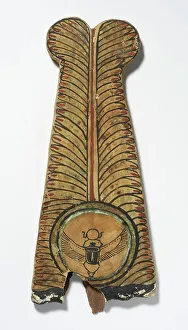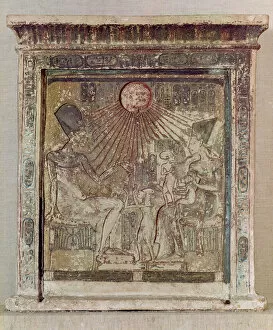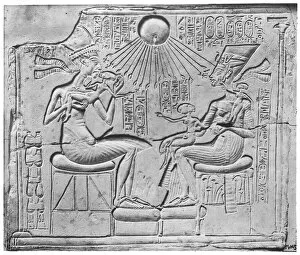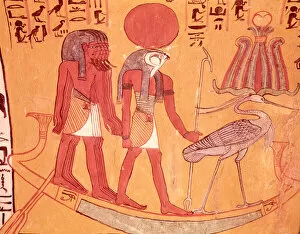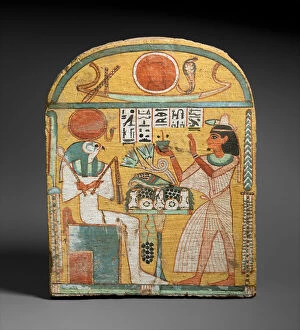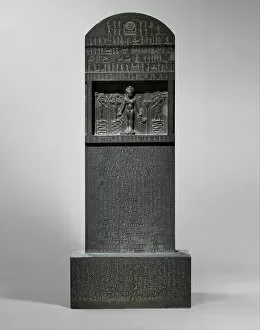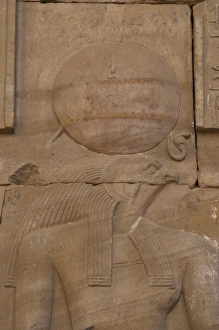Sun Disk Collection
The "sun disk" holds immense significance in ancient Egyptian culture, serving as a powerful symbol of divine energy and protection
All Professionally Made to Order for Quick Shipping
The "sun disk" holds immense significance in ancient Egyptian culture, serving as a powerful symbol of divine energy and protection. This amulet of the God Shu, dating back to the New Kingdom-Late Period, showcases the intricate craftsmanship and religious devotion of its time. Similarly, another amulet featuring the God Shu from the New Kingdom-Third Intermediate Period demonstrates how this deity was revered across different eras. Intriguingly, a statuette depicting Wadjet or Sekhmet from the Late Period offers insight into the complex pantheon of Egyptian gods. These fierce goddesses were believed to possess protective qualities against evil forces. During the Second Intermediate Period, scarabs adorned with sun discs became popular talismans for good luck and rebirth. The scarab beetle's association with creation and resurrection made it an ideal choice for those seeking spiritual guidance. The falcon pectoral discovered in Tutankhamun's tomb exemplifies exquisite artistry combined with precious materials like gold and lapis lazuli. It serves as a testament to both royal opulence and reverence for solar deities. Depictions of Amenophis IV (Akhenaten) receiving life-giving rays from Aten can be seen on stelae and reliefs from various periods. Akhenaten's radical monotheistic beliefs centered around worshiping Aten as the supreme deity brought about significant changes in religious practices during his reign. A stunning relief showcasing Re-Horakhty sailing on a solar barque alongside other deities highlights their roles in maintaining cosmic order according to ancient Egyptian cosmology. The painted wood stela belonging to Aafenmut provides valuable insights into funerary rituals during Egypt's Late Period. Its intricate details depict offerings being presented to ensure eternal life for this individual in the afterlife. Sithathoryunet's pectoral necklace bearing Senwosret II's name signifies the close connection between royalty and solar deities.

